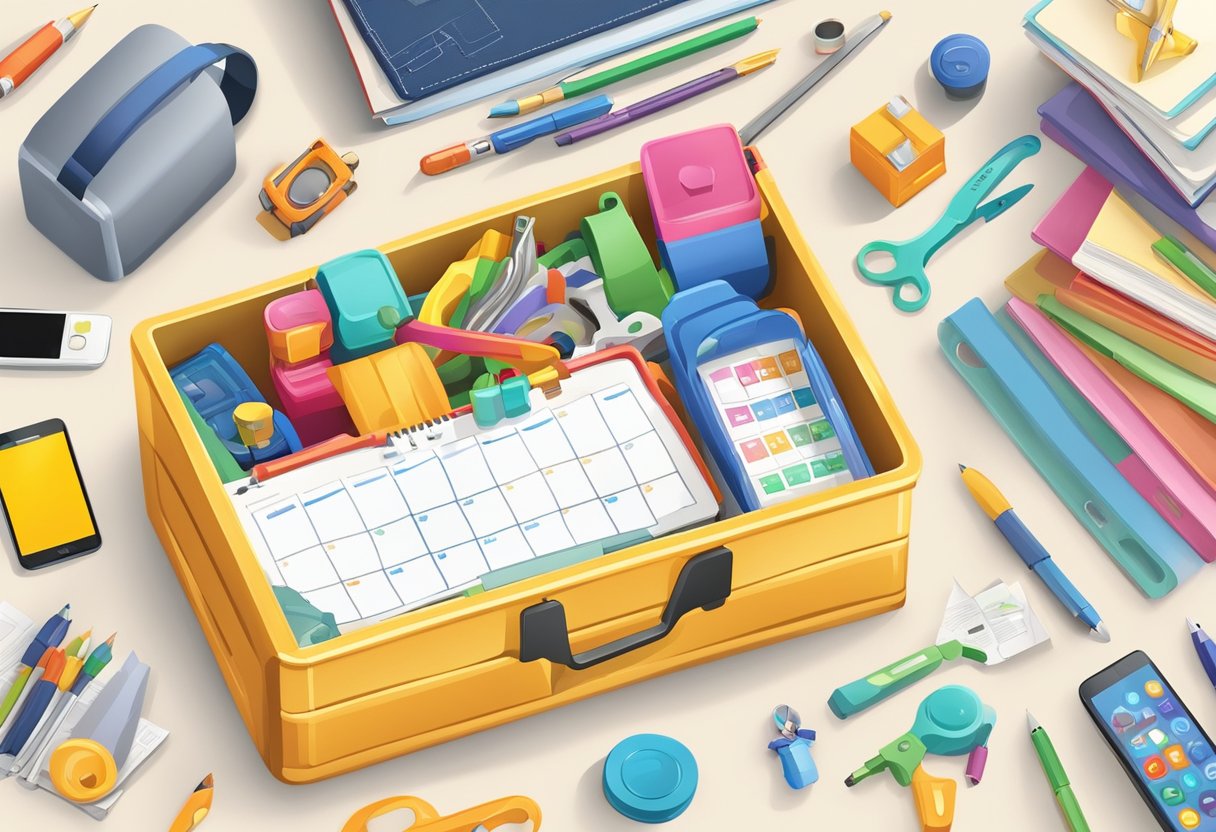Practical parenting tips are essential for parents who want to raise happy and healthy children. Parenting can be challenging, and there is no one-size-fits-all approach. Every child is unique, and what works for one child may not work for another. However, there are some practical tips that parents can follow to make the journey of parenting smoother.
One of the most important practical parenting tips is to set clear boundaries and rules for your children. Children need to know what is expected of them and what the consequences will be if they do not follow the rules. Consistency is key when it comes to enforcing rules. Parents should also make sure that the consequences are appropriate for the child’s age and behavior.
Other practical parenting tips include communicating with your children effectively. This means listening to them, asking them questions, and responding to their needs and concerns. Parents should also be honest with their children and avoid making promises they cannot keep. Good communication helps to build a strong relationship between parents and children, which is essential for a happy family life.
Establishing Routines
Bedtime Habits
Establishing a consistent bedtime routine is crucial for children’s physical and mental health. A regular bedtime helps regulate their internal clock, which leads to better sleep quality and a more alert and focused mind during the day. Parents can help their children establish a bedtime routine by setting a fixed time for sleep, creating a calm and relaxing environment, and avoiding stimulating activities such as screen time before bed.
Mealtime Structure
Having a structured mealtime routine can help children develop healthy eating habits and reduce the likelihood of picky eating. Parents can establish a mealtime routine by setting regular meal times, creating a pleasant and welcoming atmosphere, and involving children in meal planning and preparation. Encouraging children to try new foods and modeling healthy eating habits can also help establish a positive mealtime routine.
Learning Activities
Establishing a routine for learning activities can help children develop a love for learning and improve their academic performance. Parents can incorporate learning activities into their daily routine by setting aside a specific time for homework or educational games, creating a designated study space, and providing opportunities for children to explore their interests and pursue their passions. Encouraging children to read regularly and involving them in educational outings and experiences can also help establish a positive learning routine.
Effective Communication
Active Listening
One of the most important aspects of effective communication is active listening. This means paying attention to what the other person is saying, without interrupting or getting distracted. It also involves showing empathy and understanding, by nodding, making eye contact, and asking clarifying questions. By practicing active listening, parents can create a safe and supportive environment for their children to express themselves.
Age-Appropriate Conversations
Another key aspect of effective communication is tailoring conversations to the child’s age and developmental stage. This means using language and concepts that are appropriate for their level of understanding and avoiding topics that may be too complex or overwhelming. It also involves being sensitive to the child’s emotions and reactions and adjusting the conversation accordingly. By having age-appropriate conversations, parents can foster a sense of trust and openness with their children.
Positive Reinforcement
Finally, effective communication involves using positive reinforcement to encourage good behavior and reinforce positive values. This means praising children for their achievements and recognizing their efforts and progress. It also involves setting clear expectations and boundaries, and providing constructive feedback when necessary. By using positive reinforcement, parents can help their children develop a sense of self-worth and confidence, and build a strong foundation for future success.
Discipline Strategies
Setting Boundaries
Setting clear and consistent boundaries is an essential part of effective discipline. Parents should establish rules and expectations for their children and communicate them. Boundaries should be age-appropriate and take into account the child’s individual needs and abilities. It is also important to be consistent in enforcing boundaries to avoid confusion and frustration for the child.
Consistent Consequences
Consistent consequences are another important aspect of effective discipline. When a child breaks a rule or boundary, it is important to have a predetermined consequence in place. This helps the child understand the seriousness of their actions and reinforces the importance of following rules. Consequences should be fair, age-appropriate, and consistent.
Behavioral Rewards
Positive reinforcement is a powerful tool in discipline. Parents can use behavioral rewards to encourage good behavior and reinforce positive habits. Rewards can be as simple as verbal praise or as tangible as a small treat or privilege. It is important to choose rewards that are meaningful to the child and that promote positive behavior.
By using these discipline strategies, parents can create a positive and supportive environment for their children. Clear boundaries, consistent consequences, and behavioral rewards help children understand expectations and reinforce positive behavior.
Supporting Emotional Growth
Empathy Development
Empathy is an essential skill that children need to learn to form healthy relationships with others. Parents can help their children develop empathy by modeling it themselves, encouraging their children to identify and express their feelings, and teaching them to listen actively.
One effective way to teach empathy is to encourage children to put themselves in someone else’s shoes. Parents can ask their children questions like “How do you think your friend felt when you took their toy?” or “How would you feel if someone did that to you?” This helps children understand the impact of their actions on others and develop a sense of compassion.
Self-Expression
Encouraging self-expression is crucial for children’s emotional growth. Parents can help their children express themselves by creating a safe and supportive environment where children feel comfortable sharing their thoughts and feelings.
One way to promote self-expression is to encourage children to keep a journal or draw pictures of their emotions. This helps children process their feelings and healthily express them. Parents can also create opportunities for their children to express themselves through art, music, or other creative activities.
Coping Mechanisms
Teaching children healthy coping mechanisms is essential for their emotional well-being. Parents can help their children develop coping skills by modeling healthy behaviors, teaching them relaxation techniques, and encouraging them to seek support when needed.
One effective coping mechanism is deep breathing. Parents can teach their children to take deep breaths when they feel overwhelmed or anxious. Another effective coping mechanism is physical activity. Exercise can help reduce stress and anxiety and improve mood. Parents can encourage their children to engage in physical activities they enjoy, such as playing sports or going for a walk.
Overall, supporting children’s emotional growth is essential for their overall well-being. By teaching empathy, encouraging self-expression, and promoting healthy coping mechanisms, parents can help their children develop the skills they need to navigate life’s challenges.









